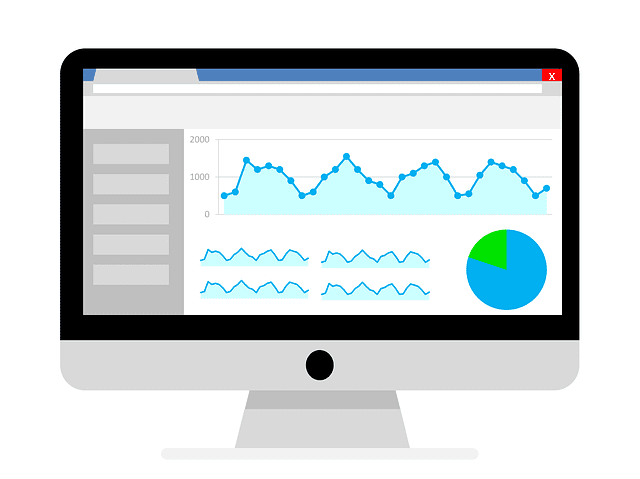Business Intelligence Transformation Approach
By: Ciopages Staff Writer
Updated on: Feb 25, 2023

What’s the best Business Intelligence Transformation approach? Actually, there can be many business intelligence and data analytics transformation approaches, albeit being broadly similar but with subtle differences, to business intelligence transformation. At a fundamental level, what an enterprise is striving is to re-engineer processes and systems on an information technology platform that can access, transform, analyze and model, and deliver the right data to the right people at the right time.
There are three overall steps involved: standardize BI across your organization, invest in a new BI platform, and then set up robust rules by which you will govern your BI.
Business Intelligence Transformation Approach Overview
Value Proposition
You’re convinced about the value BI brings to your organization, but how do you share that value proposition with others? You may have to “sell” the concept to your direct reports and employees. It can be a tough transition from making decisions based on instinct to making decisions based on the analysis of data. Most companies have been successful top-downtop down approach; once the board and top management have bought in, it’s easier to convince lower level management. Read our post on Business Intelligence Transformation Drivers for more information.
Strategy
Once everyone is on board, you’ll need a strategy, and it will pay off in the long run when you take the necessary time for this step. What is your vision of this system? What do you want it to do for you? What are your business objectives and your key performance indicators (KPIs)? Many businesses share three main KPIs: risk level, productivity, and financial value, but how will you measure those for your particular business? What are the informational needs for your entire organization? Once down on paper, many executives find value in ranking the objectives. Perhaps customer expectations are more important than income, or perhaps that rank is reversed.
Plan
Once you’ve developed your strategy, develop an implementation plan that is practical. Even if you have big ideas in your strategy piece, start small when you build. Don’t overthink your BI and certainly don’t overdevelop it. You likely have a limited IT staff and an even more limited budget, so develop the data analysis and essential reporting that will maximize your cost-benefit. Find initial areas of your business that make sense to undergo transformation. Companies that have already implemented BI state that there are natural areas to use as starting points, with many companies beginning with finance, logistics, and customer relations management.
Build and Implement
Most companies use a mixture of vendors and products to build their BI system. Keep it simple. Think about ease of use for all people involved—your employees, your customers, your IT department and your external partners. Ideally, groups within your company should be able to create their own reports according to their own unique needs, and you should be able to share data across departments. The system should be easy to configure, and it should be easy to import data into and extract data out of the system. The data warehouse is the foundation on which you build other modules and reports, and the system should be easily scalable as your business changes and grows. The data interface and presentation capabilities are key, and a majority of time should be spent on designing the interface for all your various users.
While the business intelligence transformation approach may be be different based on the company, it’s SDLC methodologies, and enterprise readiness, the key factor is to get started on the journey.
Please check out CIOPages.com Business Intelligence and Data Analytics Transformation Toolkit for a set of integrated and customizable deliverables.